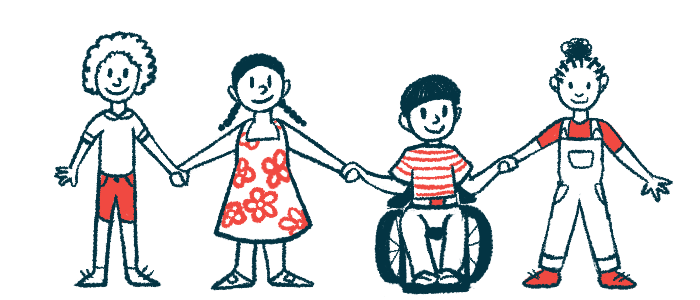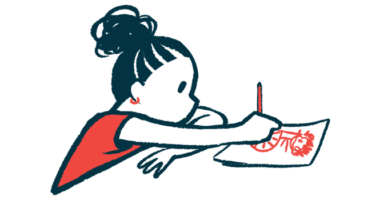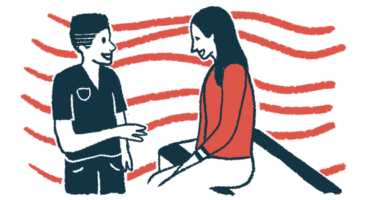Soliris Effective, Safe in aHUS Children in Real-world, Study Finds

Soliris (eculizumab) safely and effectively treated children with atypical hemolytic uremic syndrome (aHUS) in a real-world setting, according to a post-marketing surveillance study of pediatric patients in Japan.
Notably, nearly three-quarters of the children experienced normalization of all blood parameters in a median of three weeks’ time, the study found.
Moreover, of 19 children on dialysis when starting Soliris, all but four no longer required it by the study’s end — and the median time to dialysis discontinuation was four days.
Researchers did note that patients who discontinued Soliris treatment should be closely monitored due to a risk of their aHUS getting worse.
“[More than] 10% of patients showed disease worsening or recurrence after treatment discontinuation/elongation of treatment intervals,” the team wrote. “This further highlights the need to very closely monitor patients if one wants to attempt treatment discontinuation.”
The study, “Eculizumab for paediatric patients with atypical haemolytic-uremic syndrome: full dataset analysis of post-marketing surveillance in Japan,” was published in the journal Nephrology Dialysis Transplantation.
Soliris, developed by Alexion Pharmaceuticals, specifically blocks the activity of the complement C5 protein. In so doing, it prevents the overactivation of the complement system and the destruction of red blood cells that characterizes aHUS.
aHUS is a form of thrombotic microangiopathy, or TMA, which includes conditions characterized by red blood cell destruction and low platelets counts, potentially leading to kidney failure.
Soliris was approved in Japan in September 2013 for the treatment of aHUS. However, the country’s regulatory agency requested a post-marketing surveillance study to evaluate the therapy’s safety and efficacy in a real-world setting.
Now, researchers reported data from a complete analysis of that post-marketing surveillance study. The study involved 40 Japanese children with aHUS who were treated with Soliris between 2013 and 2018.
Gene variants in complement genes and the presence of self-reacting antibodies were detected in 61% of the children — specifically, 20 of 33 patients with available data.
These pediatric patients received Soliris for a median of 66 weeks, or about 15 months, with more than three-quarters (77.5%) being treated for more than 26 weeks (six months).
The therapy’s efficacy was evaluated by assessing the number of children achieving a complete thrombotic microangiopathy (TMA) response. A complete TMA response was defined as a normalization of all blood parameters, along with a minimum reduction of 25% in the levels of creatinine in the blood, lasting at least four weeks. Creatinine is a marker of kidney dysfunction.
Additional efficacy parameters included normalization of platelet counts, and of blood levels of lactate dehydrogenase (LDH), a marker of red blood cell destruction. Improvement in the estimated glomerular filtration rate (eGFR), a measure of kidney function, also was a study parameter.
After 10 days of treatment, 76.5% of the children experienced a significant increase in platelet counts, while 78.3% showed an improvement in eGFR. A marked reduction in LDH levels was seen in 75.8% of the patients at the 10-day point.
At the start of the analysis, 19 children were on dialysis, but by the end of the study, 15 of them no longer required it. The time to dialysis discontinuation ranged from 1 day to 1,290 days, or about 3.5 years, according to the analysis.
Among the children, 73.3% also achieved a complete TMA response, which took a median of 21 days.
A total of 18 of these pediatric aHUS patients discontinued Soliris treatment. In five cases, including one with aHUS relapse, the patients resumed treatment after an extended interval.
During treatment, researchers registered 59 serious adverse events (side effects) in 18 children. A total of 36 events, recorded in 10 patients, were deemed to be related to Soliris.
The most common serious adverse events were renal impairment followed by infections. Four deaths were reported, but none were determined to be related to Soliris treatment. The overall survival rate was 89.2% after 180 days (about six months) of follow-up.
Overall, this analysis “further confirms that [Soliris] is safe and effective for paediatric patients with aHUS in the real-world setting in Japan,” the researchers wrote.
However, the team highlighted the fact that more than one-tenth of children who discontinued treatment or had long interruptions in therapy experienced disease worsening or recurrence. Pediatric patients with aHUS who stop Soliris should be monitored closely, they concluded.







